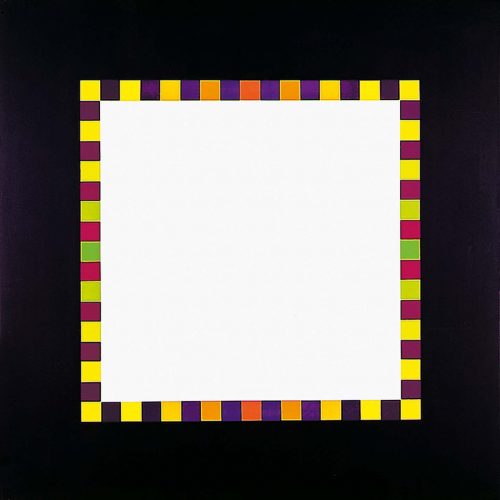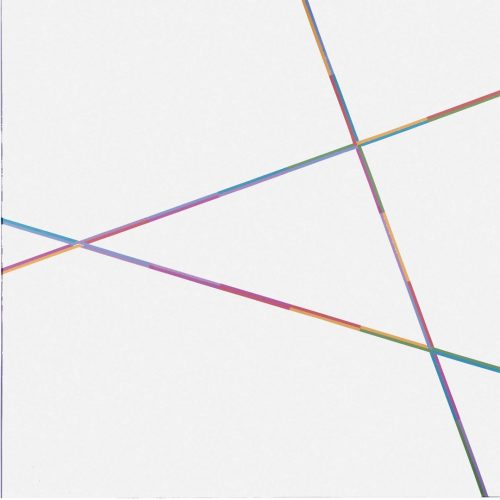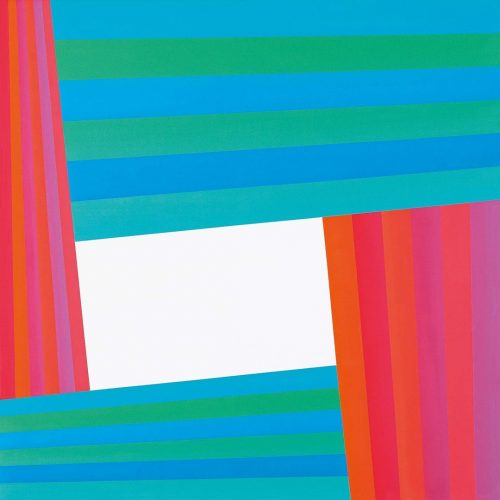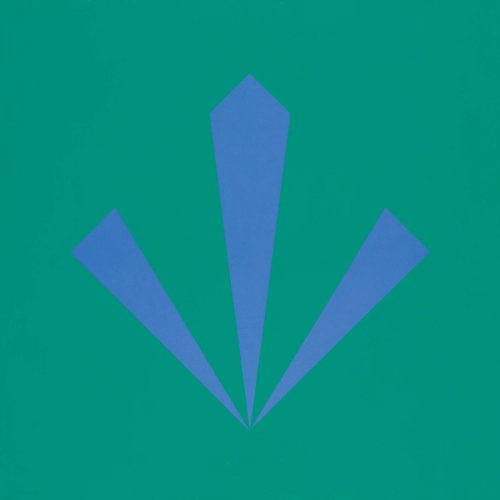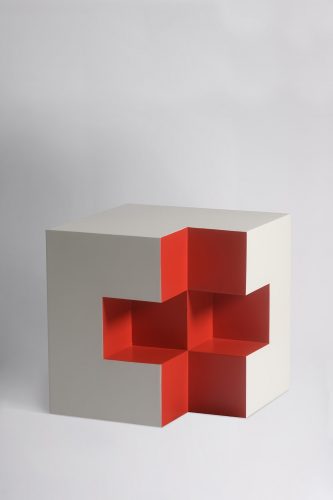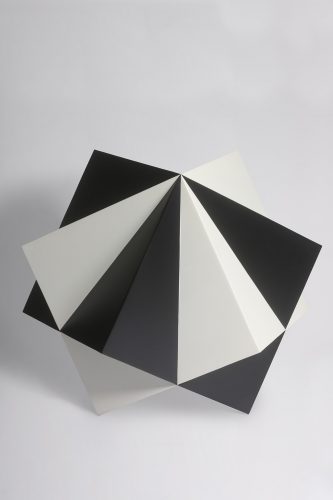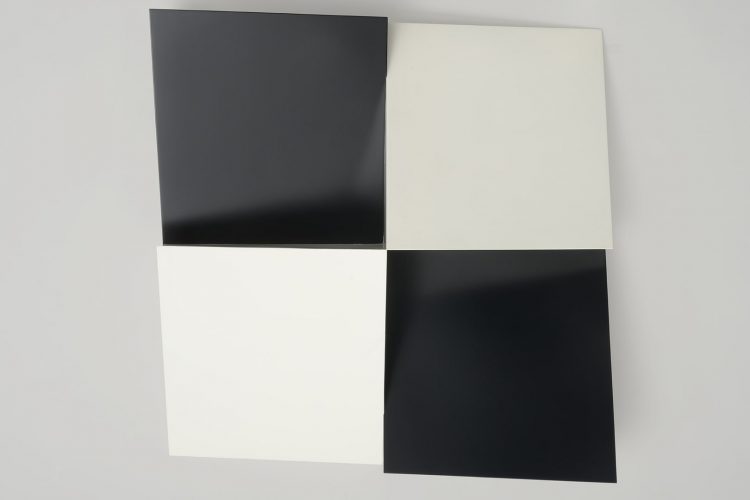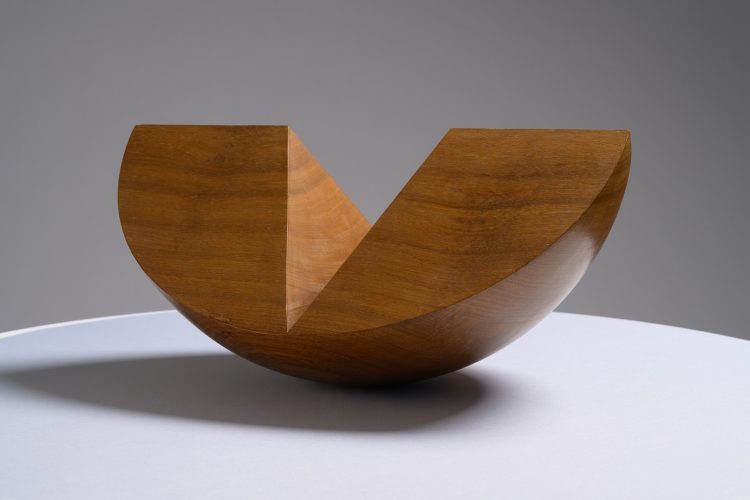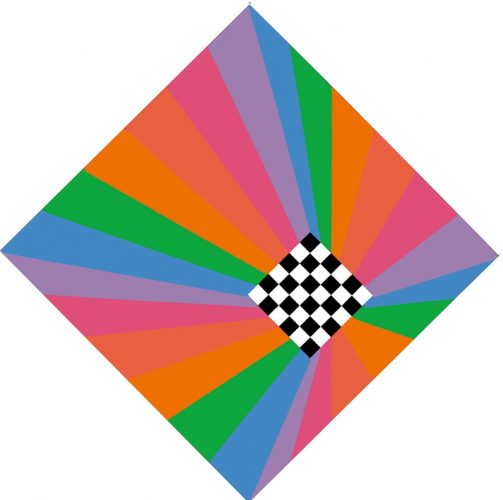100 years Bauhaus
Max Bill, Jakob Bill, David Bill: three generations in comparison
February 23, 2019 – June 14, 2019
With Max, Jakob and David Bill, three generations of an artist family come to the messmer art gallery. In honor of the 100th anniversary of the Bauhaus, a total of around 90 works can be seen which, despite the same art direction to which the three artists have dedicated themselves, deal with concrete art in different ways and each seek and show an individual approach to it.
As one of the most important representatives of concrete-constructive art, Max Bill (1908 – 1994) places scientific paradigms and mathematical formulas in a strictly constructed, artistic context. The teachings of the Bauhaus school, where he studied between 1927 and 1928, were to shape his further creative path for the time being. In his work, elements of architecture, design as well as fine and applied arts are combined in a harmonious interplay. In 1951, Max Bill founded the HfG Ulm together with Otl Aichinger and Inge Scholl, for which he designed the building himself and was the founding rector. Bill’s son Jakob Bill (*1942) takes over his father’s scientific and theoretical approach to art, but has taken completely different paths in his oeuvre and concentrates entirely on painting. The basis of his work is a geometric canon of forms with ethereal color gradients, which is characteristic of his work. The grandson David Bill (*1976 – 2018) focuses on dealing with space and room layout. Surfaces and objects are always joined together in new shape variables, separated and reassembled again. The focus of his considerations is always the cube. The colors black and white emphasize this play of space and give his works additional dynamics. In addition to the universal genius Max Bill, the messmer art gallery is also exhibiting his son Jakob Bill and grandson David Bill, thus presenting a cross-generational development of artistic creativity.
bauhaus
The Bauhaus was opened in Weimar in 1919 by Walter Gropius. The design school becomes the most influential of its time. In 1925 the Bauhaus moved to Dessau and later to Berlin, where it was closed by the National Socialists. The Bauhaus was intended to serve to aestheticize everyday life and create equality between art, architecture, design and craftsmanship. Although “Bauhaus” was appropriated anew by each generation, the word “Bauhaus style” has become a fixed term in architecture, painting and design. Typical of the Bauhaus is the use of basic forms such as square, triangle, circle and the primary colors red, yellow and blue, as well as tubular steel furniture and white cube architecture. Functionalism is the guiding principle behind Bauhaus: form follows function.


